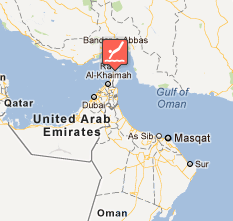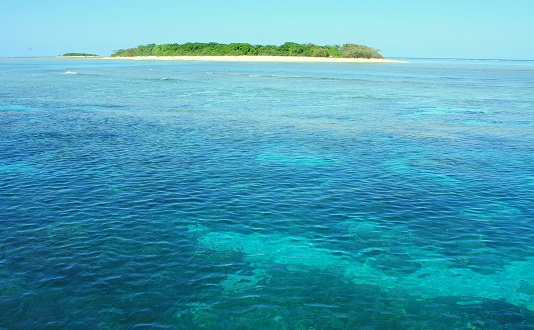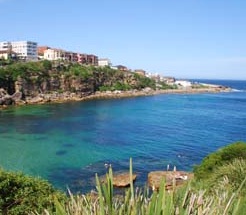Organisation on the boats I went with was fantastic. All divers were given their personal space to dry off and rest between dives and a personal number to track dive teams and organise groups.
Most wrecks lie in depths of between 25 and 35 meters. I recommend nitrox to prolong dive times and allow for some exploring. Most dive boats operating in the area will have the necessary equipment available. Entry and exit is typically from a smaller dinghy. I had visibilities of up to 10 m in the north sea, even though it can drop to only 1m. There are usually strong currents and it is recommended that you ascend and descend by a line, which should be provided by the crew. Once the wreck becomes visible, attach your reel at the line and go exploring. It is allowed on most dives to recover pieces from the wreck as souveniers, however you need to stay away from ammunition in the war ships which can be dangerous still today. You are also likely to encounter an abundance of cold fish swarms while down there.
Scuba diving in the north sea is an unforgettable experience. It is, though, heavily reliant on weather and visibility. Seas can get quite rough, if you struggle with seasickness it is a good idea to take your tablets before going on board. Enjoy!
added by user bkassab on 08. February 2010






